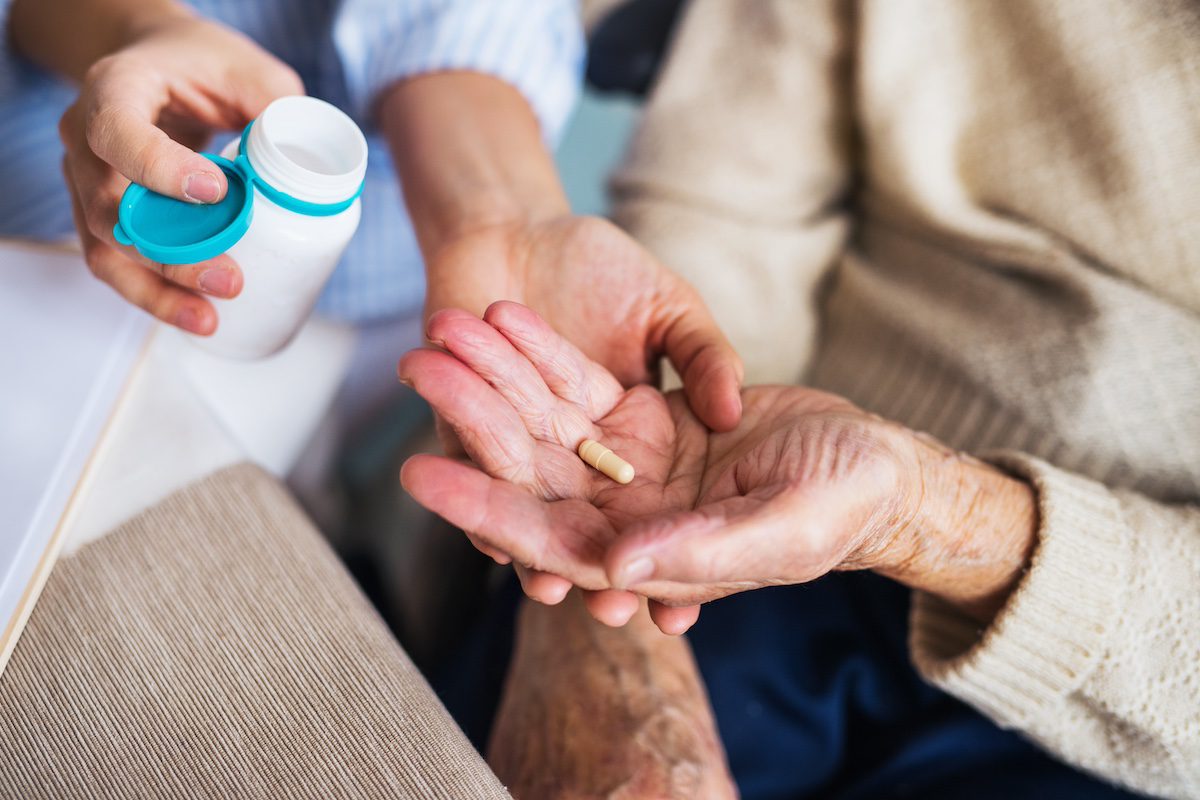Chronic pain is a prevalent issue among elderly individuals, impacting their quality of life and overall well-being. As people age, they are more likely to experience various health conditions that can lead to persistent pain.
Effectively managing chronic pain is crucial to ensure that seniors can maintain their independence, engage in daily activities, and enjoy their golden years to the fullest.
In this blog post, we will explore some strategies and tips for effectively managing chronic pain among the elderly.
Understanding Chronic Pain
Chronic pain is a persistent and long-lasting pain that continues beyond the normal healing period. Unlike acute pain, which serves as a warning signal for the body, chronic pain persists even after the underlying injury or illness has healed.
Common Causes of Chronic Pain in Elderly Individuals
- Osteoarthritis: A degenerative joint disease that leads to joint pain and stiffness.
- Rheumatoid Arthritis: An autoimmune disorder that causes joint inflammation and pain.
- Back Pain: Often caused by degenerative disc disease or spinal stenosis.
- Neuropathic Pain: Resulting from nerve damage due to conditions like diabetes or shingles.
- Fibromyalgia: A condition characterized by widespread pain, fatigue, and tender points.
Managing Chronic Pain in Elderly Individuals
1. Comprehensive Pain Assessment
The first step in managing chronic pain is a thorough assessment. Healthcare professionals should evaluate the location, intensity, and duration of the pain, as well as any factors that worsen or alleviate it.
Understanding the unique aspects of each individual’s pain allows for personalized treatment plans.
2. Medication Management
Prescription medications, such as analgesics and anti-inflammatory drugs, may be prescribed to manage chronic pain. However, due to the sensitivity of elderly individuals to medications, careful consideration of potential side effects and drug interactions is essential.
3. Physical Therapy and Exercise
Engaging in regular physical therapy and exercise can significantly improve mobility, strengthen muscles, and reduce pain. Low-impact exercises like walking, swimming, and tai chi are excellent options for elderly individuals.
4. Heat and Cold Therapy
The application of heat pads or warm towels can help soothe sore muscles and joints, while cold packs can reduce inflammation. These simple remedies can provide effective relief from chronic pain.
5. Mind-Body Techniques
Practices such as meditation, deep breathing exercises, and mindfulness can help reduce stress and improve coping mechanisms, making it easier for elderly individuals to manage chronic pain.
6. Acupuncture
Some seniors find relief from chronic pain through acupuncture. This ancient practice involves inserting thin needles into specific points on the body to alleviate pain and promote healing.
7. Assistive Devices
Using assistive devices like canes, walkers, or braces can help support mobility and reduce pain, especially in individuals with musculoskeletal conditions.
8. Nutrition and Hydration
Maintaining a balanced diet and staying hydrated is essential for overall health and can have a positive impact on managing chronic pain.
9. Social Support
Strong social connections and a support system can help elderly individuals cope with chronic pain emotionally, preventing feelings of isolation and depression.
10. Alternative Therapies
Exploring alternative therapies like chiropractic care, massage therapy, or herbal remedies may provide additional pain relief options.
Managing Chronic Pain in Hospice Care
When it comes to hospice care, the management of chronic pain is of utmost importance. Hospice care is provided to individuals who are in the final stages of their life-limiting illnesses, and chronic pain is a common symptom experienced by many patients in this setting.
The primary goal of managing chronic pain in hospice care is to ensure the patient’s comfort, enhance their quality of life, and provide them with the opportunity to spend their remaining days in peace and dignity.
In hospice care, a multidisciplinary approach is often employed to address chronic pain effectively. A team of healthcare professionals, including doctors, nurses, palliative care specialists, and pain management experts, work together to develop a personalized pain management plan for each patient.
The plan takes into account the patient’s medical history, the nature of their illness, and their individual preferences.
Medication Management
Medication management is a fundamental aspect of managing chronic pain in hospice care. Opioids and other pain-relieving medications are commonly prescribed to alleviate moderate to severe pain.
The healthcare team carefully monitors the dosage and adjusts it as needed to ensure that the patient experiences relief while minimizing the risk of adverse effects.
Regular communication between the patient and the healthcare providers is encouraged to address any concerns or changes in pain levels promptly.
Non-Pharmacological Approach
In addition to pharmacological interventions, hospice care also emphasizes non-pharmacological approaches to manage chronic pain.
These may include physical therapy, gentle exercises, massage therapy, heat or cold applications, and relaxation techniques.
Non-pharmacological interventions not only complement medication management but also offer patients alternative ways to cope with pain, reduce stress, and promote overall well-being.
Emotional Support and Counseling
The emotional and psychological aspects of pain are also taken into consideration in hospice care. Patients facing end-of-life experiences may encounter feelings of fear, anxiety, or depression, which can exacerbate their perception of pain.
Hospice care providers offer emotional support and counseling to patients and their families, helping them navigate these challenging emotions and providing reassurance throughout the process.
In conclusion, managing chronic pain in hospice care is a comprehensive and compassionate endeavor.
Through a combination of medication management, non-pharmacological interventions, and emotional support, hospice care aims to alleviate the suffering experienced by patients in their final stages of life.
By prioritizing pain relief and ensuring the patient’s comfort, hospice care enables individuals to find peace and dignity as they approach the end of their journey.
Final Thoughts
Chronic pain can significantly impact the lives of elderly individuals, but with the right strategies and support, it is possible to effectively manage and alleviate its effects.
A comprehensive approach that includes medication management, physical therapy, mind-body techniques, and social support can improve the overall well-being of seniors experiencing chronic pain.
By implementing these strategies, elderly individuals can enjoy a better quality of life and maintain their independence.
If you have further questions about techniques for managing chronic pain in elderly individuals or hospice patients, please contact our team!


